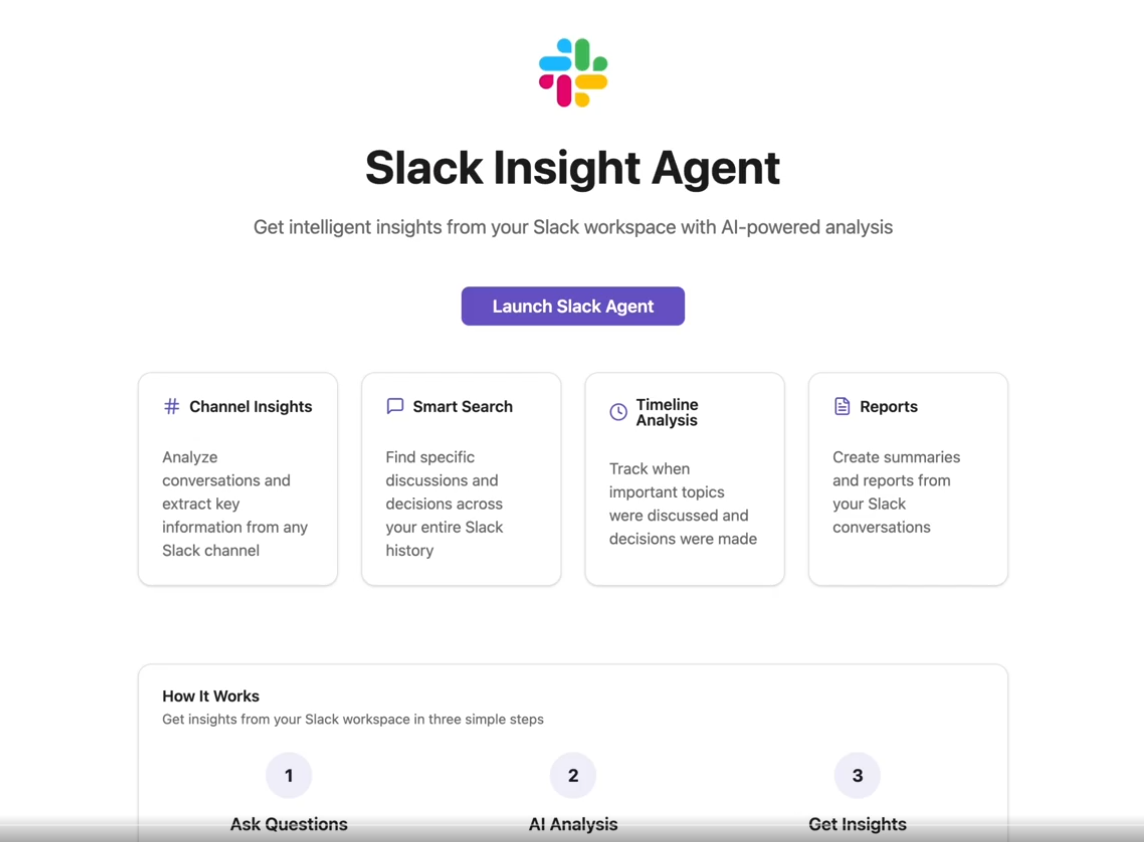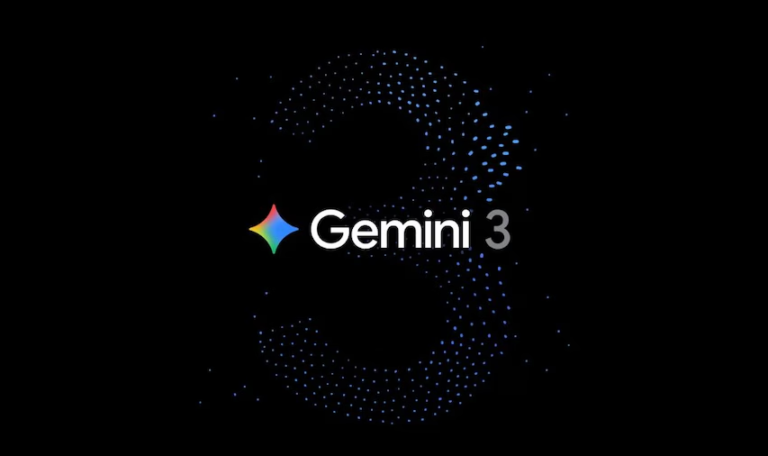
In a major step forward for enterprise AI, Slack has reimagined its platform, offering developers — and by extension organizations — powerful tools to build context‐aware AI apps and agents that access and act on Slack conversational data. Given the centrality of Slack in many organizations, this move has implications for productivity, data governance, and how work gets done in teams. Here’s what the change means, what’s new, and what are the trade‐offs.
What’s New: Key Features
Slack’s expansion of its developer platform centers on several new capabilities designed to make AI agents more useful, contextual, secure, and integrated.
- Real‐Time Search (RTS) API
This API gives AI apps, agents, and LLMs real‐time access to Slack’s conversational data — messages, files, channels — but only the specific parts relevant to a given query. Importantly, it respects existing permissions and avoids bulk downloads or storing massive troves of data elsewhere. - Model Context Protocol (MCP) Server
The MCP is a standard/unified layer for connecting LLMs, AI apps and agents with Slack’s data and tools. It simplifies how developers fetch context, manage tasks and integrate external systems or models, reducing duplicated work across integrations.
- Enhanced Developer Tools & UI Components
- Block Kit Tables: A native way to present structured, tabular data in Slack messages, making data-heavy content more readable.
- Slack Work Objects: These allow richer previews of third‐party data (images, documents, file metadata) and enable actions directly within Slack (for example marking an Asana task complete). Helps reduce context switching.
- New CLI, simplified app approval flows, streamlined development lifecycle: Slack is pushing to make it possible to get something working fast (even within minutes in some cases), from prototype to deployment.
- Agent & AI Apps Framework
Slack is fully embracing the “agentic era” — agents are autonomous, context‐aware assistants rather than simple chatbots. Developers can build custom agents, connect them to enterprise data sources, set permissions, have them perform tasks (qualifying leads, resolving tickets, summarizing conversations). Slack is also creating UI surfaces specifically for interacting with agents. - Security, Governance & Data Ownership
Slack emphasizes that customer data remains controlled by customers. When agents use Slack conversational data, it is accessed in a focused, case‐driven way, respecting permissions. There is no broad data harvesting; the goal is enabling relevant access, not exposing everything. - Availability Timeline
Many features — notably the Real Time Search API, MCP server — are in closed beta, with general availability planned for early 2026. Others, such as some developer tools and third‐party agents via the Slack Marketplace, are available now.
New Tools for Developers
Slack has also enhanced its developer experience with new UI and building tools. The Block Kit Tables feature lets apps display structured data directly in chat, while Slack Work Objects allow users to interact with third-party data — such as marking tasks complete or approving requests — without leaving the app.
Combined with a simplified command-line interface (CLI) and faster app approval processes, these updates make it easier for developers to experiment and deploy useful AI features in less time.
Balancing Innovation with Data Security
While Slack’s new capabilities open exciting possibilities, they also raise valid questions about privacy and security. The company emphasizes that customer data will remain under customer control, and that all new APIs are designed to respect user permissions and data governance rules.
For organizations wary of AI’s reach, Slack’s architecture aims to strike a balance between innovation and control — providing access to contextually relevant data without enabling unrestricted data scraping.




